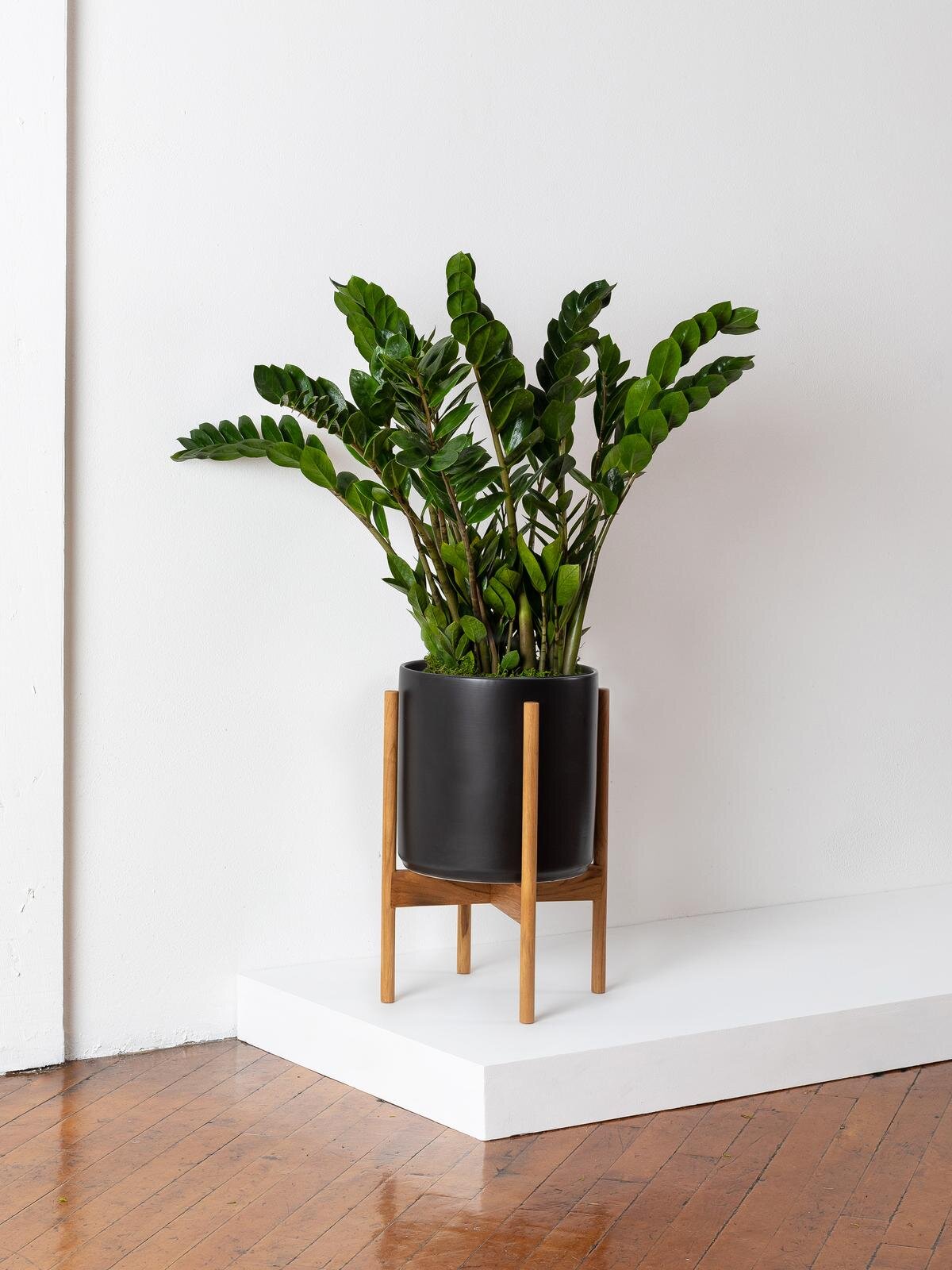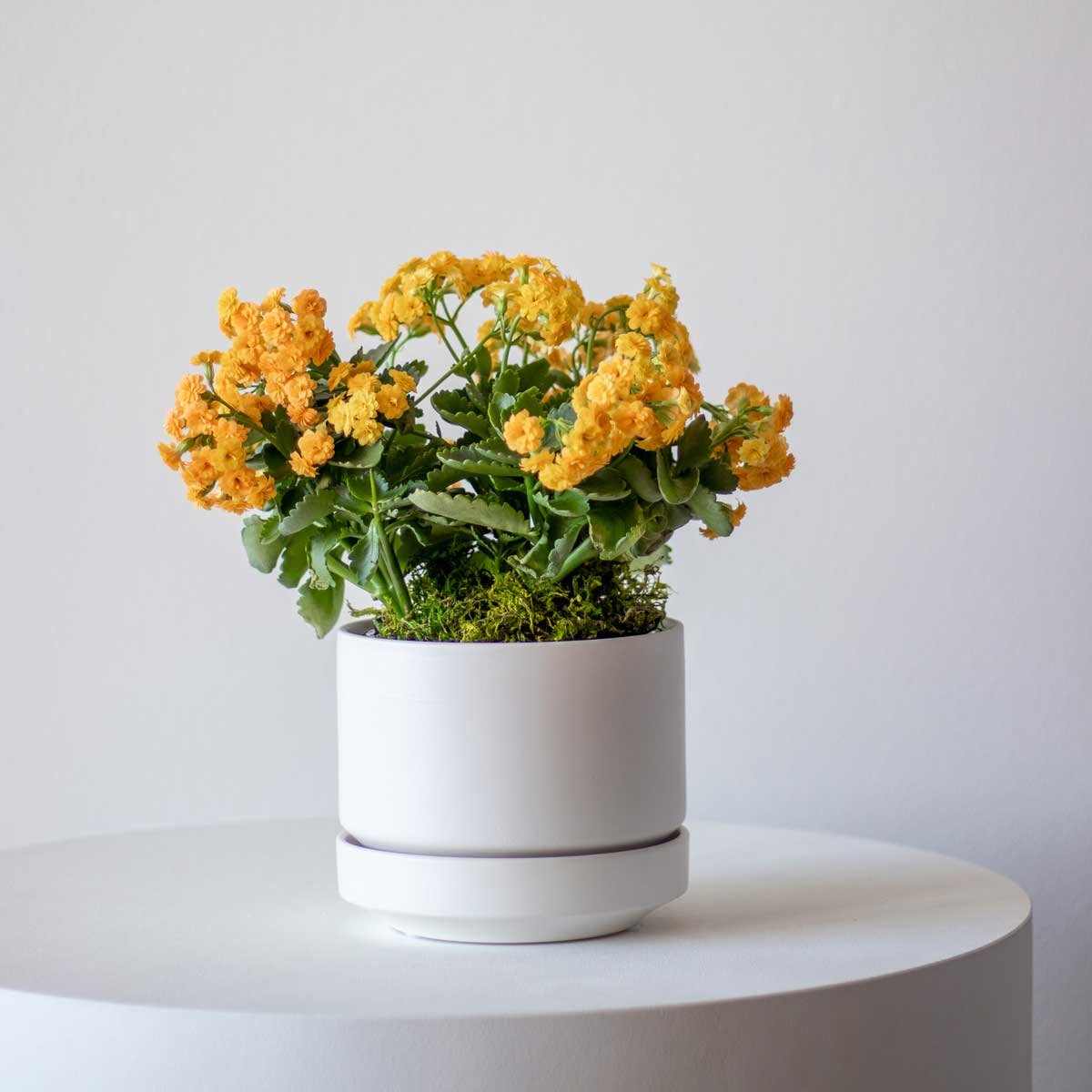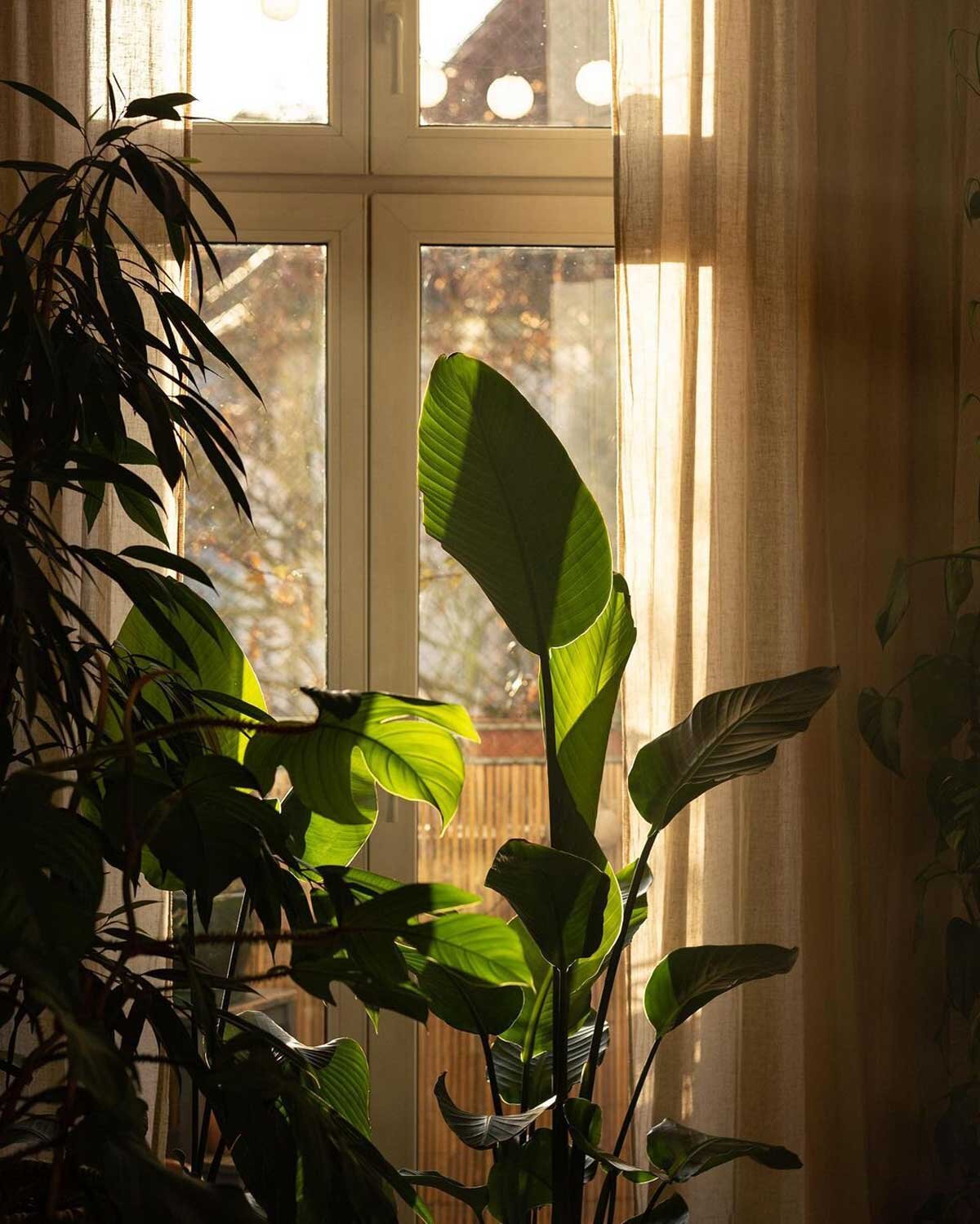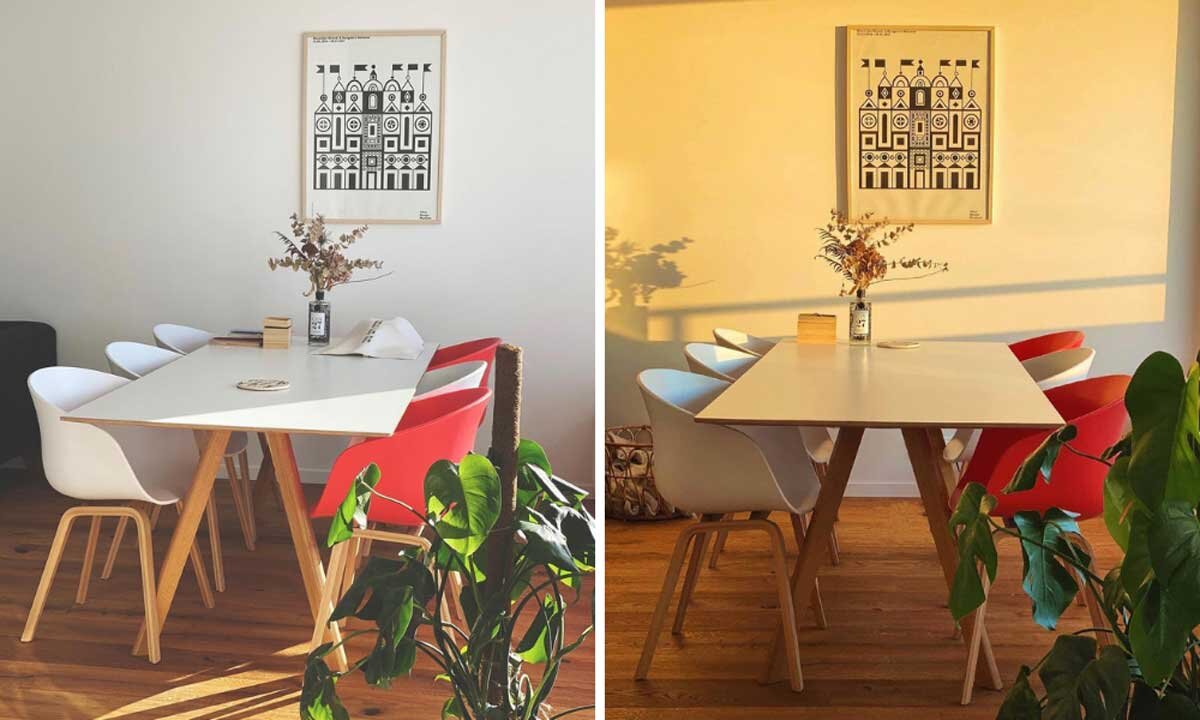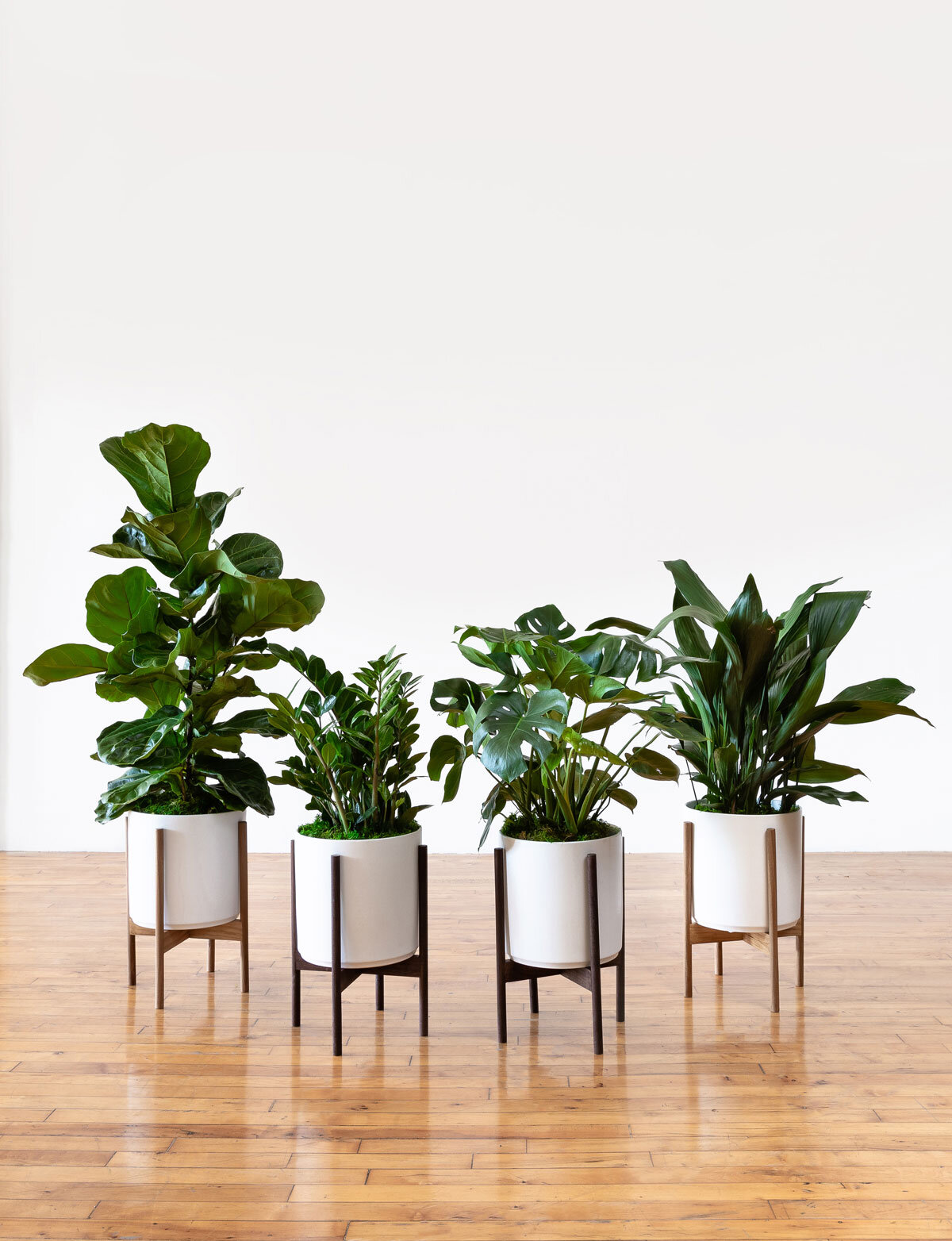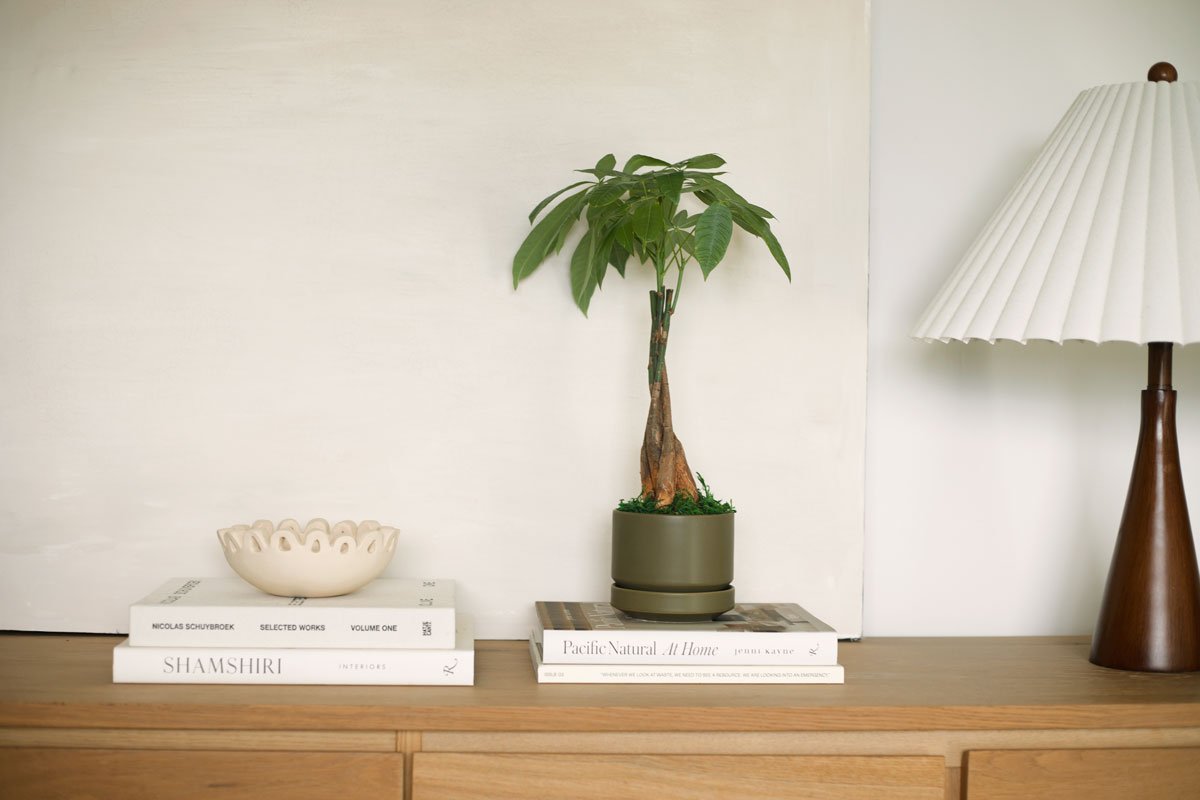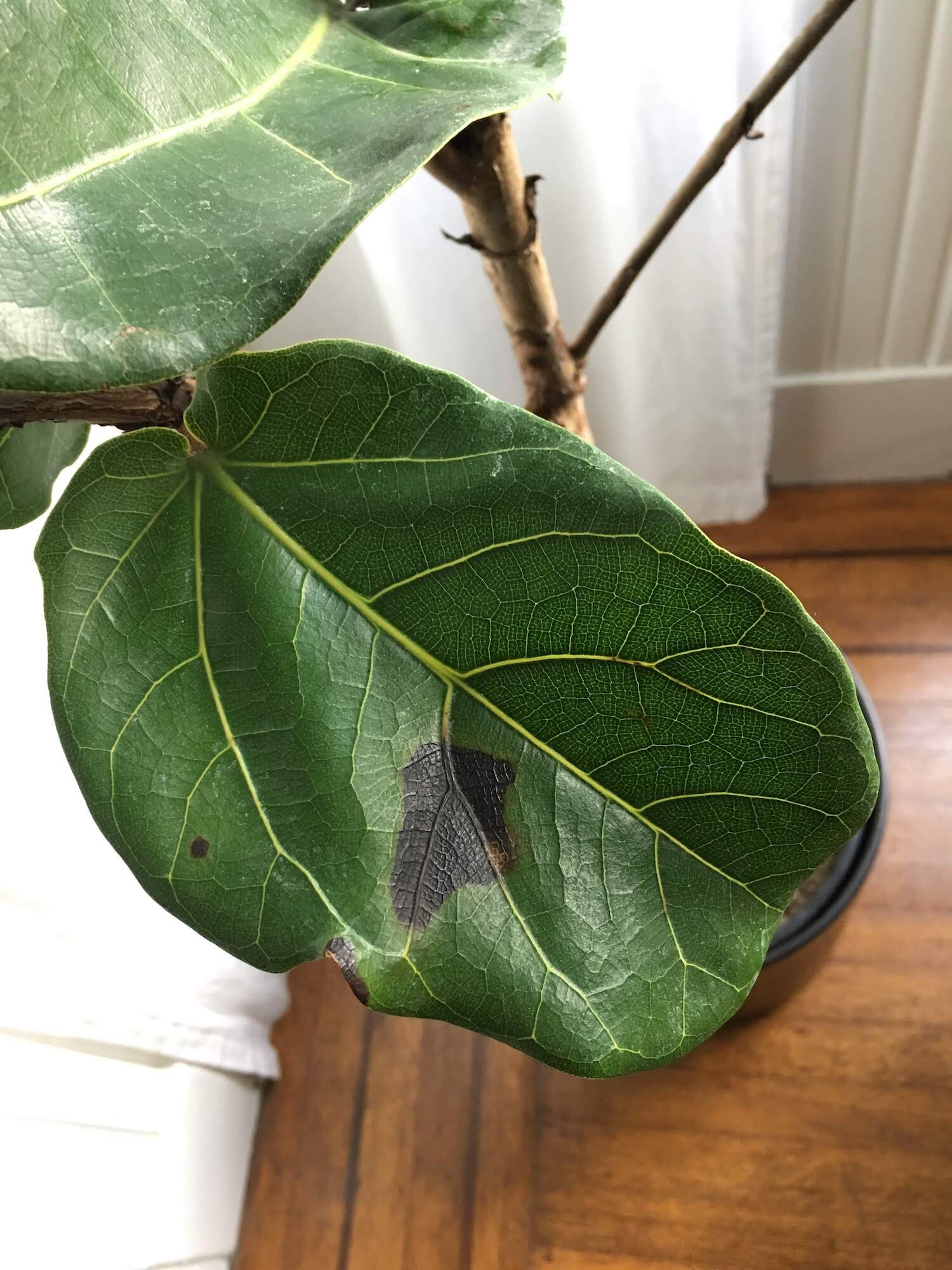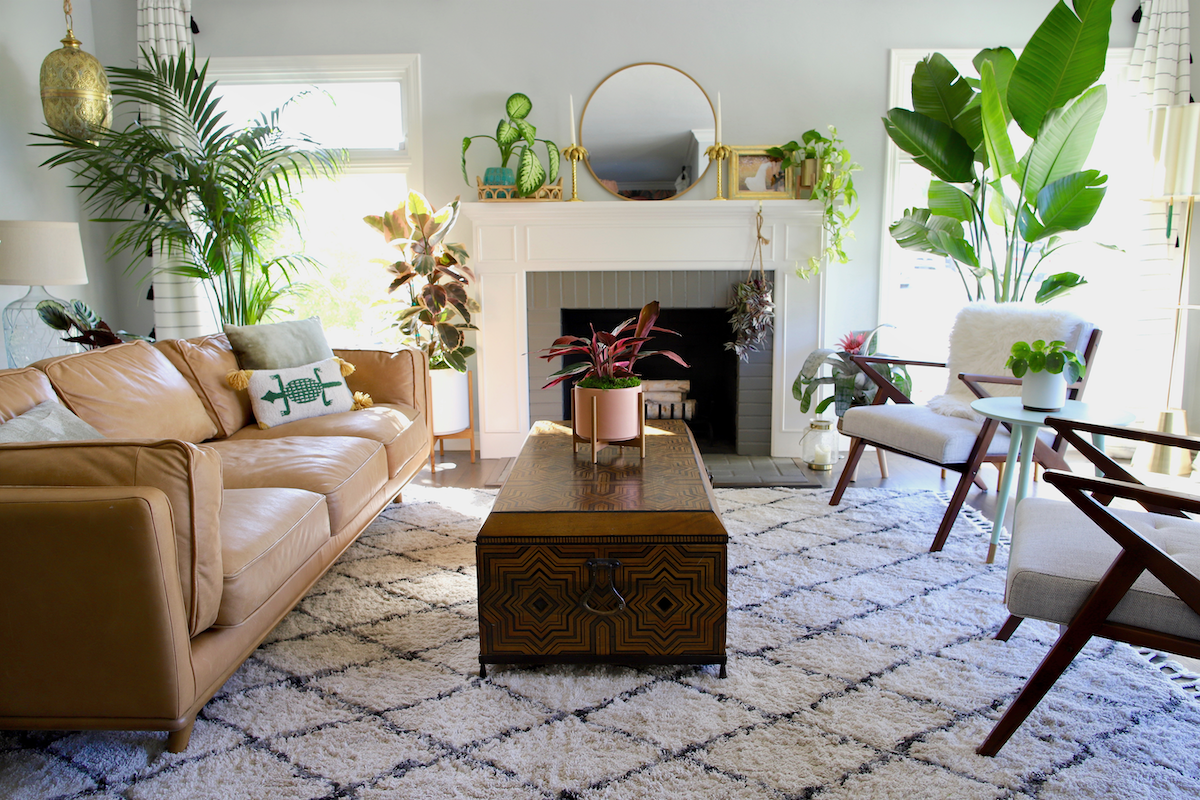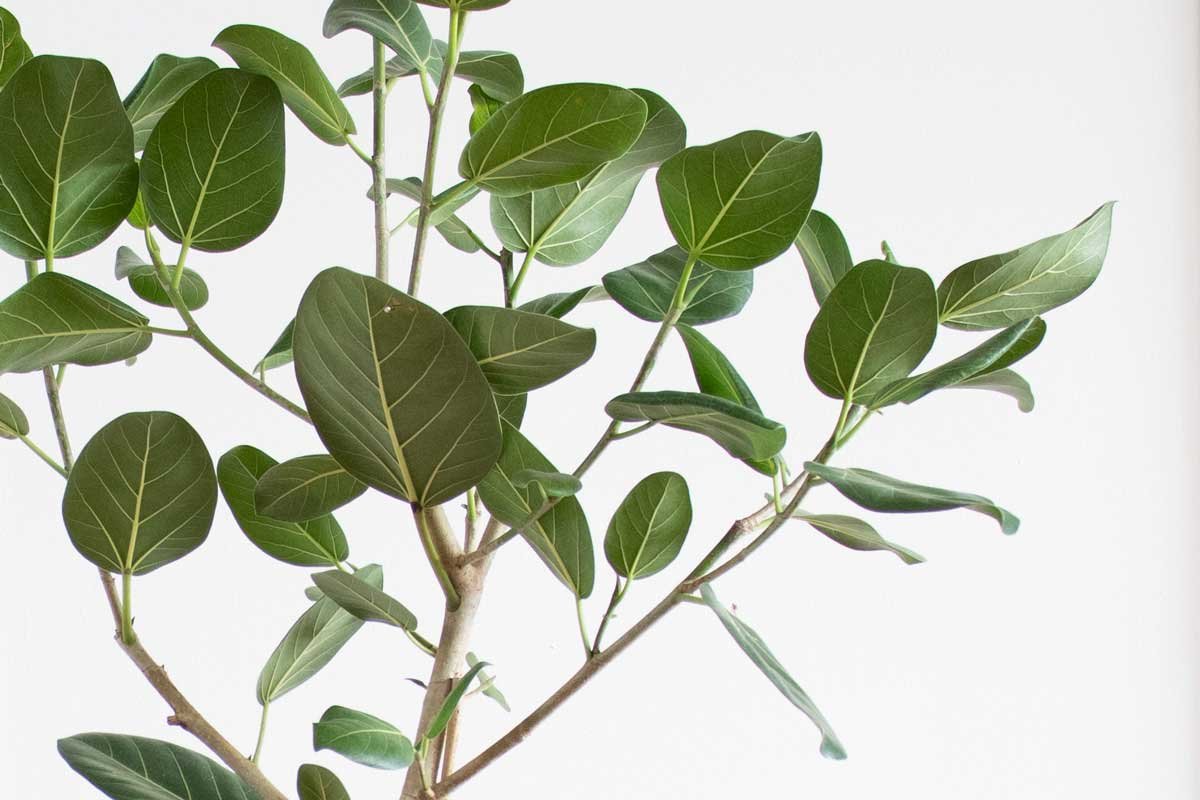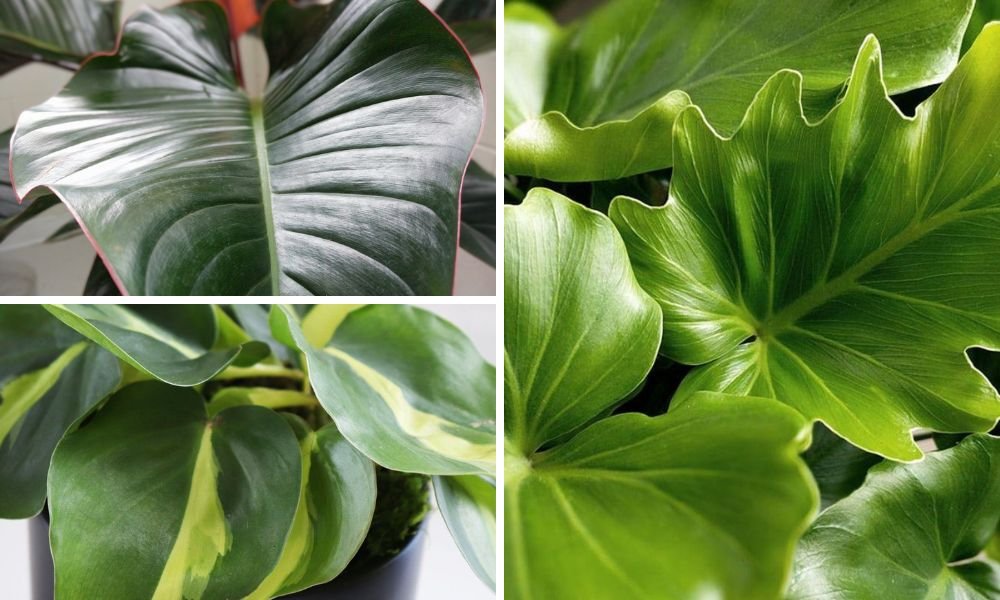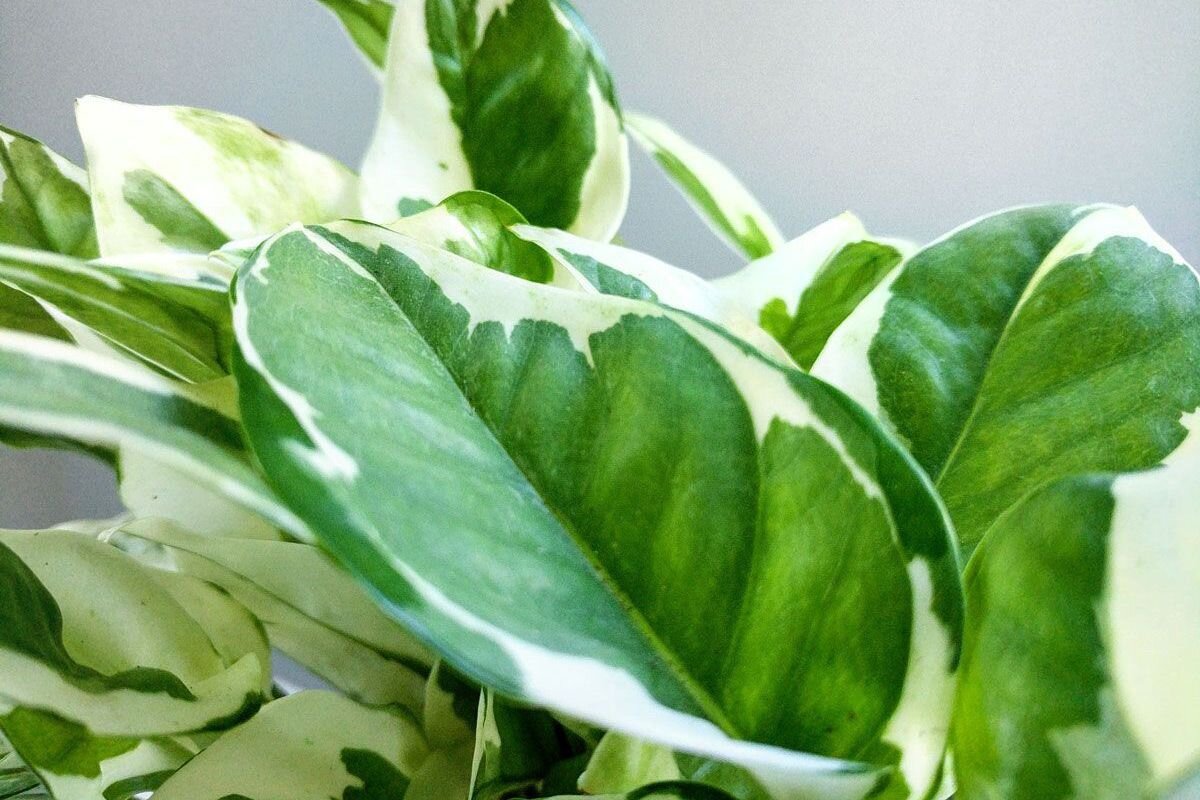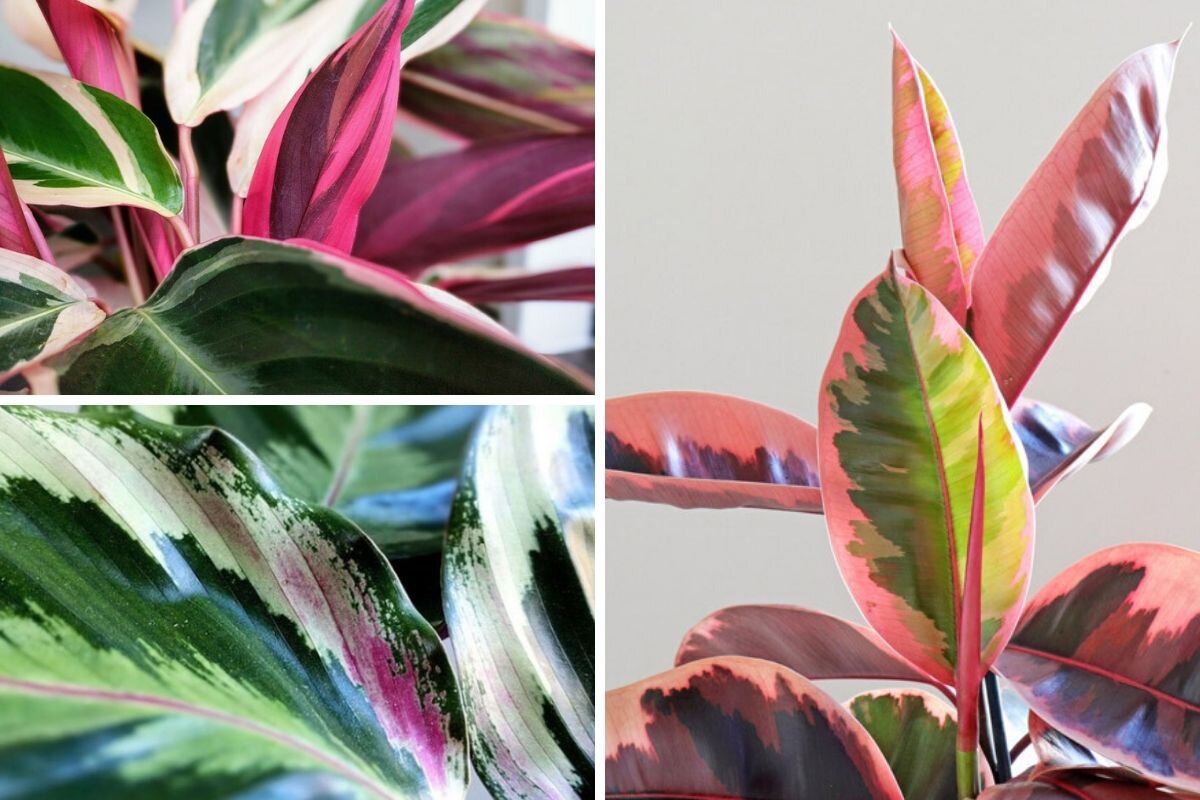Elevate your space with the ultimate easy-care houseplant! Snake Plants are the best air purifiers in the world of horticulture.
Owning house plants has a long list of benefits, but are some more powerful than others? The Snake Plant (scientific name sansevieria and also known as Mother-in-law’s Tongue) is not just popular for its unique, variegated, and striking appearance. It is actually widely considered one of the most beneficial indoor plants for a number of different reasons! What’s more? It has even a couple extra benefits when placed in a space of rest and relaxation.
The Many Benefits of the Snake Plant
Looking to get better sleep? There’s arguably no better option for the bedroom than the Snake Plant, a plant that beyond boasting many benefits, requires little to no care to enjoy its beauty. Keep reading to learn about the benefits of having a Snake Plant in the bedroom!
1. It’s A Fantastic Oxygen-Producing Plant
All plants produce oxygen, but according to Nasa’s Clean Air Study, some are even better at it than others. The Snake Plant is considered to be one of the best plants with the highest oxygen producing qualities and air purifiers, along with others like the Rubber Plant and the Cascading Pothos. Studies show that higher oxygen levels promote deeper sleep, but that’s not all…
L’ALCHIMIE BOTANIQUE
Natural plant care essentials and fertilizer to enhance your plant’s foliage, and your everyday routine.
2. It Even Produces Oxygen At Night
Contrary to popular belief, plants don’t produce oxygen 24/7. In fact, most plants only produce oxygen with daylight through the process of photosynthesis. At night, on the other hand, these plants take in oxygen and release carbon dioxide, a process called respiration. However, the Snake Plant is one of the lucky few that continues to produce oxygen at night, making it the ideal plant to place in your bedroom for better sleep and to help you breathe.
3. They Filter Out Harmful Pollutants
Studies have shown that indoor air quality and indoor air pollution is often even worse than what we find in densely populated cities. The same Nasa Clean Air Study mentioned above also found that Snake Plants work double time removing harmful toxins and gases like benzene, formaldehyde, xylene, and odor from our indoor environments. These harmful air pollutants can be found in regular household objects like carpeting, furniture polish, and cleaning supplies.
4. Effective Against Allergies
Plants with such powerful room air purifying and oxygen-producing qualities will of course help to combat allergies, as they remove harmful pollutants and volatile airborne chemicals that can aggravate allergies, and in some cases even make you sick. Combine this with oxygen-producing powers and you have easier breathing both day and night.
5. Low-Light Thriving and Easy To Care For
Like to keep your bedroom on the dimmer side? The Snake Plant can is easy-to-grow and can survive and thrive in almost any lighting scenario, from bright direct rays of sunlight to areas with almost no natural light. It also requires very little water, humdity, can be watered sparingly with little to no upkeep, the Snake Plant will help maintain a calming and beautiful bedroom space with excellent purification— the way it should be!
Ready to add a Snake Plant to your life? Find the perfect size and pair it with your favorite pot color and style and get ready for a cleaner, most beautiful bedroom space! Found the perfect Snake Plant? Learn how to care for and how to grow it with our articles The 10 Commandments Of Snake Plant Care and How To Care For And Grow Your Snake Plant.
At Léon and George, we're on a mission to bring the beauty of nature and indoor gardening into your daily life. Our hand-selected, California-grown plants such as the Fiddle Leaf Fig Tree, Ficus Audrey, and Bird of Paradise are carefully chosen for their quality, health, and beauty. We believe in simplicity, fairness, and sustainability, sourcing our plants from trusted local growers who share our values. When you bring a Léon and George plant into your home, you're not just getting greenery – you're getting a piece of nature treated with our all-natural products and staged for optimal growth. We're here to make plant ownership accessible and enjoyable for everyone, fostering a connection between people and the natural world.
Indoor plants, potted & delivered
Premium plants paired with stylish pots and ceramics, plus lifetime plant care support. Order online at leonandgeorge.com







